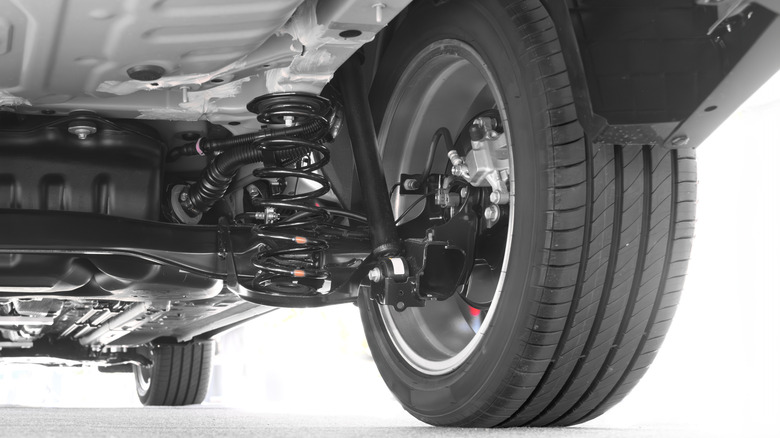Why EV Drivers Need Low Rolling Resistance Tires

Understanding the Factors Affecting EV Range
The driving range of an electric vehicle (EV) is influenced by several factors, some of which may not be immediately obvious. For example, while larger wheels might look stylish and enhance the aesthetic appeal of a car, they can also have a significant impact on the vehicle’s range. The size of the wheels affects the overall weight and aerodynamics, which in turn influences how efficiently the EV uses its battery power.
Another critical factor is ambient temperature. Temperature plays a crucial role in determining the performance of an EV's battery and overall range. Cold weather, for instance, can reduce battery efficiency, leading to a shorter driving range. Similarly, extreme heat can also affect the battery's ability to hold a charge effectively.
However, one often overlooked aspect that significantly impacts EV range is the type of tires used. Just as low rolling resistance tires can help gasoline-powered vehicles save fuel, they also play a vital role in extending the range of electric cars. Rolling resistance, or the energy required to keep the tires moving over the road surface, directly affects how much power the motor needs to maintain speed.
How Rolling Resistance Impacts EV Performance
Rolling resistance is a key factor in the energy consumption of any vehicle. When a tire rolls, it deforms under the weight of the vehicle and then recovers its shape. This process, known as hysteresis, leads to energy loss, which is dissipated as heat. The powertrain must compensate for this loss, either by consuming more fuel in traditional vehicles or drawing more electricity from the battery in EVs.
This means that using high-rolling-resistance tires can lead to increased energy consumption, ultimately reducing the driving range of your EV. Therefore, it is advisable to opt for low-rolling-resistance tires if you want to maximize the distance you can travel on a single charge. These tires are designed to minimize energy loss without compromising traction or grip, making them beneficial for all types of vehicles, including gas-powered cars, diesel trucks, and commercial haulers.
Technological Advancements in Tire Manufacturing
Tire manufacturers have made significant strides in developing low-rolling-resistance tires. Innovations such as silica-infused rubber compounds, optimized tire architecture, and computer-designed tread patterns have helped reduce energy loss due to hysteresis. These advancements allow for better performance without sacrificing safety or handling, even in various weather conditions.
Despite these technological improvements, it's important to remember that low-friction tires alone cannot guarantee optimal range. Proper maintenance of the tires is equally essential. One of the most critical aspects of tire maintenance is ensuring that they are inflated to the recommended air pressure. Even a slight underinflation can increase rolling resistance, which in turn reduces the EV's driving range.
Tips for Maximizing EV Range
To ensure your EV performs at its best, consider the following tips:
- Choose Low-Rolling-Resistance Tires: These tires are specifically designed to reduce energy loss while maintaining good traction.
- Maintain Proper Tire Pressure: Check the recommended tire pressure for your EV and keep the tires properly inflated.
- Avoid Aggressive Driving: Sudden acceleration and braking can increase energy consumption and reduce range.
- Use Climate Control Wisely: Heating and cooling systems can draw significant power from the battery, so use them judiciously.
- Plan Your Trips: Route planning can help you avoid unnecessary stops and optimize your driving time.
By understanding and addressing these factors, you can significantly improve the efficiency and range of your electric vehicle. Whether you're looking to extend your daily commute or prepare for a longer road trip, taking these steps can make a noticeable difference in your EV's performance.